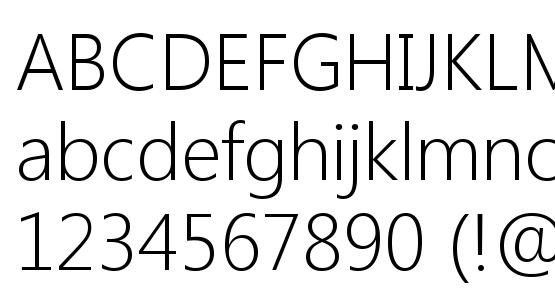Segoe Ui Light.ttf
Posted : adminOn 1/13/2018About this font • Subfamily: Light • Font family: • Font license: Vendor • Foundry: Microsoft Corp. • Categories: • Supported languages: Bulgarian, Croatian, English, French, German, Greek, Italian, Maltese, Polish, Russian, Turkish, Ukrainian • Supported alphabets: Bashkir alphabet, Belarusian alphabet, Bulgarian alphabet, Chinese pinyin alphabet, Czech alphabet, English alphabet, Esperanto alphabet, French alphabet, German alphabet, Greek alphabet, Hungarian alphabet, Italian alphabet, Kazakh alphabet, Latin alphabet, Polish alphabet, Russian alphabet, Spanish alphabet, Tatar alphabet, Turkish alphabet, Ukrainian alphabet.
It’s sad that Microsoft doesn’t allow Segoe UI to be used freely anywhere. I use Google’s Roboto font family as an alternative, though Lato (as mentioned. In our website 'Segoe UI Light' font does not render properly in FireFox 7, while it does in IE9. What should I check? 6 Degrees Of Separation Zippy.

Segoe UI Light Free font Download. Download fonts for Windows, Linux and Mac. Select font to view. Segoe UI Light. Segoe UI font is part of the Segoe family of fonts from Microsoft.

Description DIN Next is a typeface family inspired by the classic industrial German engineering designs, DIN 1451 Engschrift and Mittelschrift. Akira Kobayashi began by revising these two faceswho names just mean condensed and regularbefore expanding them into a new family with seven weights (Light to Black). Each weight ships in three varieties: Regular, Italic, and Condensed, bringing the total number of fonts in the DIN Next family to 21. DIN Next is part of Linotypes Platinum Collection. Linotype has been supplying its customers with the two DIN 1451 fonts since 1980. Recently, they have become more popular than ever, with designers regularly asking for additional weights. Hdd Regenerator V2011 Crack Programs more. The abbreviation DIN stands for Deutsches Institut fr Normung e.V., which is the German Institute for Industrial Standardization.
In 1936 the German Standard Committee settled upon DIN 1451 as the standard font for the areas of technology, traffic, administration and business. The design was to be used on German street signs and house numbers. The committee wanted a sans serif, thinking it would be more legible, straightforward, and easy to reproduce. They did not intend for the design to be used for advertisements and other artistically oriented purposes. Nevertheless, because DIN 1451 was seen all over Germany on signs for town names and traffic directions, it became familiar enough to make its way onto the palettes of graphic designers and advertising art directors. The digital version of DIN 1451 would go on to be adopted and used by designers in other countries as well, solidifying its worldwide design reputation.